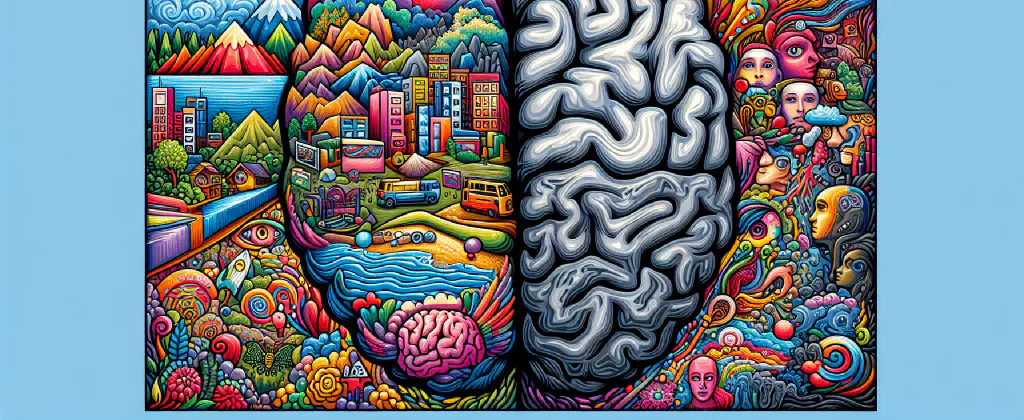15. December 2023
The Mysterious World of Aphantasia: Exploring the Inner Imagery Spectrum

The human mind is a complex and fascinating entity, and one aspect of it that has recently gained attention is the ability to visualize or “see” images in the mind’s eye. For most people, imagining things and daydreaming come naturally, but there exists a fascinating condition known as aphantasia, where the ability to visualize in this way is absent or limited. Let’s delve into the intriguing world of aphantasia and the spectrum of visualization abilities.
Understanding Aphantasia and Varying Imagery Abilities
Aphantasia is a condition in which individuals lack the ability to visualize mental images. Some people with aphantasia can still dream and see images during sleep, while others are only able to “see” mental images when dreaming. This phenomenon becomes even more intriguing when considering those who can vividly imagine and effortlessly visualize scenes, faces, and objects.
But how do we interpret these different experiences? There seems to be a spectrum of visualization abilities, with some people having a highly detailed and realistic visualization capacity, while others struggle to create clear mental images. Conversations about these experiences often lead to miscommunication and can be challenging to convey accurately due to the subjective nature of our inner thoughts.
The Spectrum of Visualization Abilities
When it comes to visualization abilities, there are different factors at play. Some individuals have described being able to see images in their minds as if they were physically there, even with their eyes open. For others, visualization is a more abstract and fleeting experience, with the ability to conjure up certain images for a limited period. Faces, in particular, can be easier to visualize for some, with intricate details like the texture of a person’s face being perceivable. However, the level of detail and ease of visualization can vary greatly depending on the subject matter.
The Elusive Nature of Inner Imagery
The challenge in understanding visualization abilities lies in the subjectivity and individual nature of how our minds perceive and process images. What one person might see as a vivid and detailed mental image, another person may struggle to conjure up or perceive with such clarity. It’s difficult to prove and measure these experiences, making it an ongoing riddle in the field of neuroscience.
Exploring the Relationship Between Aphantasia and Nearsightedness
Some anecdotal observations have led to speculation about a potential correlation between aphantasia and nearsightedness. However, further research is needed to determine if there is indeed a connection between these two phenomena.
Unlocking the Mysteries of the Mind
As we continue to explore the mysteries of the human mind, phenomena like aphantasia remind us of the complexities and individual variations in how we perceive the world internally. The ability to visualize and daydream may come naturally to some, while others navigate a world that is more auditory or conceptual. It is through these conversations and sharing of experiences that we can gain a deeper understanding of the human mind and the incredible diversity of human cognition.
So, whether your mind’s eye is filled with vibrant images or the canvas of your thoughts is more abstract, let’s embrace the diversity of our inner worlds and marvel at the wonders of the human mind. 🌟
Source: https://hms.harvard.edu/news/what-happens-brain-while-daydreaming